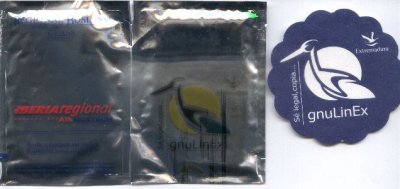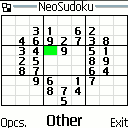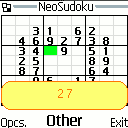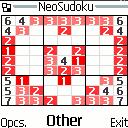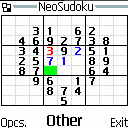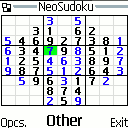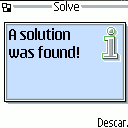Today I was looking in Google for some information about the Xerox PARC Alto computer system. Alto was the first experimental personal computer having a mouse, a window environment, ethernet booting capabilities, sound, light pen, microphone, music keyboard and SmallTalk programming language for the affordable cost of US $32000 (in 1979).
While searching for that information, I found an article written two months before I was birth by Alan Kay for Scientific American, named “Microelectronics and the Personal Computer“. In this article, Alan shows the system and unveils all its potential. Such a system was comparable, in that age, to the printing invention, radio or TV. Its main improvement was the ability to simulate an environment, to be used as a tool to rise human abstraction and trial/error capabilities.
Mr. Kay was also worried by the fact of all that potential could also be misused, in the same way that the fact for a city having a public library doesn’t automatically bring knowledge to its inhabitants, or broadcasting scientific TV programs doesn’t make the audience to become a scientific.
It’s a pity to see how some of the worst worries of Mr. Kay have become into reality. Nowadays children don’t use computers as a tool for world exploration and experimentation, but as a copy-paste machine, a hand bounded interactive movie.
It’s a pity to see how the hard work of teaching envisioners, like Seymour Papert, has been thrown away to the trash can. Learning tools, like the Logo programming language, have been dismissed, and new ones, like Squeak, are still unknown to the teachers nowadays.
We know what computers are today but, what could they have been?
